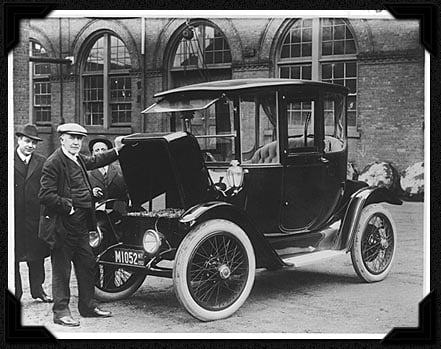There isn’t a person following the air-pollution story (situation) closely who shouldn’t also be aware that millions worldwide annually are dying early from its effects. A truly sad state of affairs if ever there were one!

It’s not as if we humans aren’t aware of the problem, in this case such being pollution – quite the contrary.
In fact, for many in many places, pollution is literally in our faces, and if we want to be precise and complete, up our noses, down our throats, in our organs, blood and brains. It can’t get any more real than that!
Analogies
Incident No. 1
Okay. So, late last year, I noticed that my computer’s battery pack was no longer able to hold a lengthy charge. Moreover, messages would periodically come up on screen alerting me to this fact. Hindsight tells me I should have responded. Problem is I didn’t until the time came where the battery pack had literally had enough and as a result there was this really loud pop. It was because of this that I removed the pack itself and set it aside. Problem solved? Not even close.
As a matter of fact, even in being removed and not presenting a clear and present danger should the pack catch fire or explode (I set the pack on a tile-covered counter placed away from combustible materials), even unplugged, the loud popping still continued. The battery pack was finally properly disposed of. It was taken to a site that handles batteries.
Incident No. 2
It was only just recently that my portable space heater began giving off an unusual smell. I’ve had this device for quite some time – years. So, not wanting to repeat the mistakes of the past (see “Incident No. 1” above), after turning off and unplugging from its source of power, I cut the cord. When time comes, I will take it to a facility that collects and recycles used electronics.
My assessment of the air-cleanup effort is as such: To me right now it is more likened to that of “Incident No. 1” than it is of “Incident No. 2,” though there have been times in history when it seemed the opposite was true.
Choices made
Let’s use the electric car as an example.
Coming into existence roughly a century ago, back then, the technology was years ahead of its time. Now, I’m not saying that there wasn’t any environmental fallout or backlash from the generation of electricity, electricity that would have been used to recharge car batteries at the time. However, in going electric to meet mobility needs, there would not have been the per-vehicle discharge of emissions that are coupled with internal combustion engines and instead emissions released related to electricity generation would have been localized to a specific energy generating site – a power plant, in other words. Cars operating using internal combustion engines release emissions wherever and whenever they are operating. Electric cars don’t.

Besides this, petroleum production is energy intensive. Much energy is consumed in the process of producing petroleum for motor vehicle use, in other words. For a much more detailed explanation, go here.
The point here is: had the decision been made to go the route of the electric car as opposed to our embracing the motor vehicle equipped with the internal combustion engine, our air pollution profile might look slightly, moderately or markedly different than what is actually the case today.
Damage control
Regarding emissions-cleanup, generally speaking, there is progress being made though, that progress, quite honestly, it is not all it could be.
Bottom line, not only is the early mortality rate tied to air pollution’s effects on the increase, the rate of exposure is likewise greater.
As to the former, worldwide right now that number is 7 million annually according to World Health Organization estimates.
All of which needs correcting.
Oh, and lest I forget, where it concerns the release of pollutant emissions, whereas the energy sector was once the heavyweight, that title now goes to transportation.
Top image above: Dr. Edwin P. Ewing, Jr., Centers for Disease Control and Prevention
– Alan Kandel
